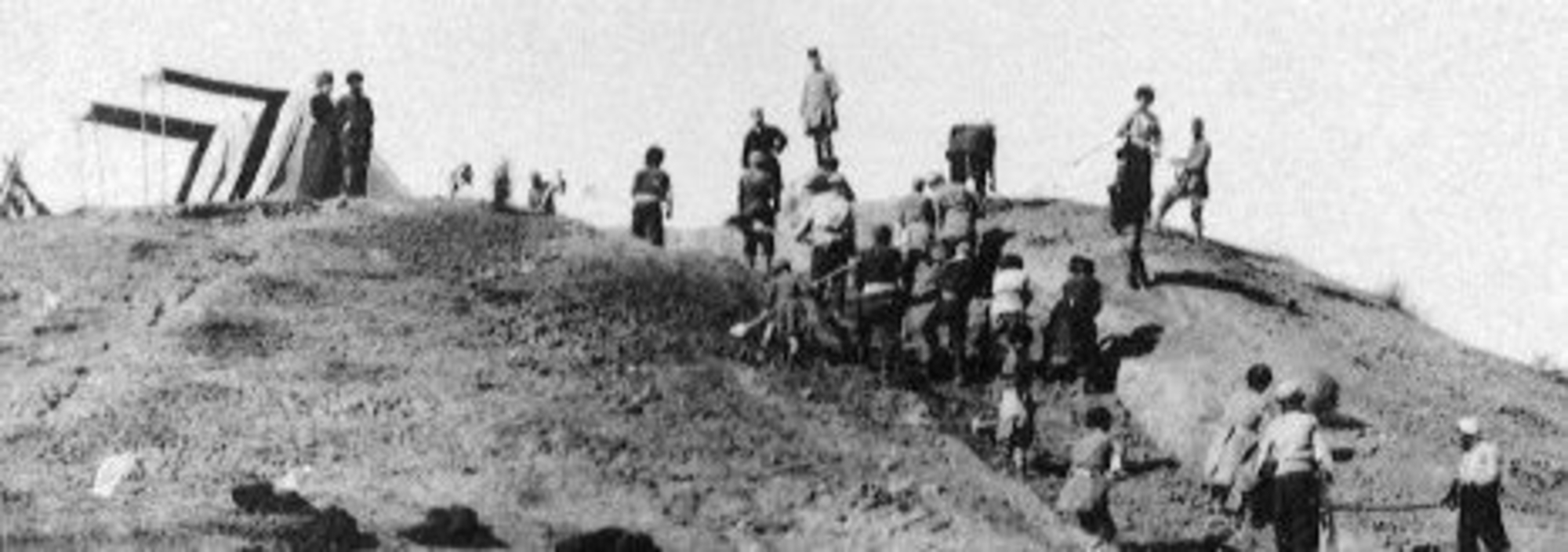
- Home
- Caucasus
- Fieldwork
- Observing and deducing
Returning sites to an earlier state
While excavating, Morgan also made taphonomic observations in order to mentally reconstruct the state of the grave as it might have been when the deceased were buried there. Noting a green tint on some of the bones, he deduced that ""the men's clothing was decorated […] with very thin bronze plates […] and that, as a result of decomposition, the metal left the green traces noted on the bones”.
Similarly, he observed a series of basalt stones under the bones. He deduced that the deceased had been laid on a tribulum. The wood had decomposed over time, leaving only the stone elements.
Burial practices
He also reflected on burial practices, noting that each individual was buried with "objects belonging to them", and mentions the existence of vases containing “remains of food that were still perfectly recognizable”. He concluded that this society believed in "some kind of life after death".
He took a similar approach to his contemporaries and attempted to deduce the sex of the deceased from the objects buried with them, attributing graves with weapons to men and graves without weapons to women. His reasoning was flawed, however, as there are archaeological examples of burials of men without weapons and burials of women with weapons. But this does show that Morgan understood the close link between the identity of the deceased and the nature of the goods deposited with them.

